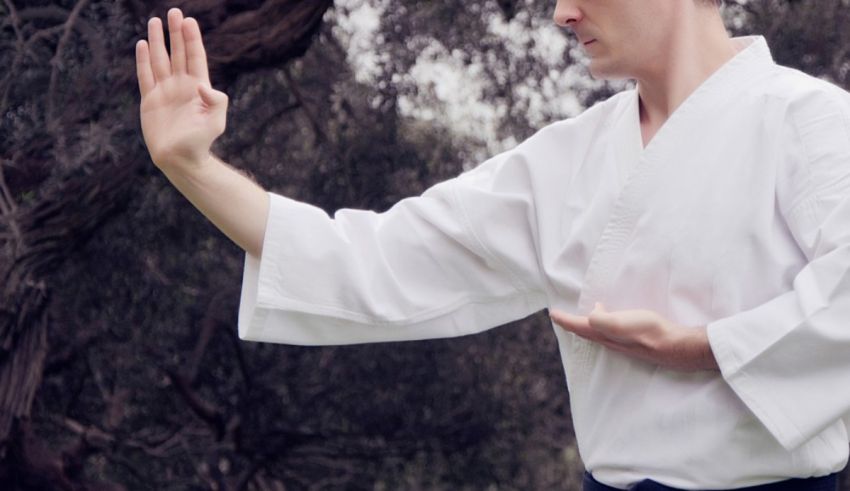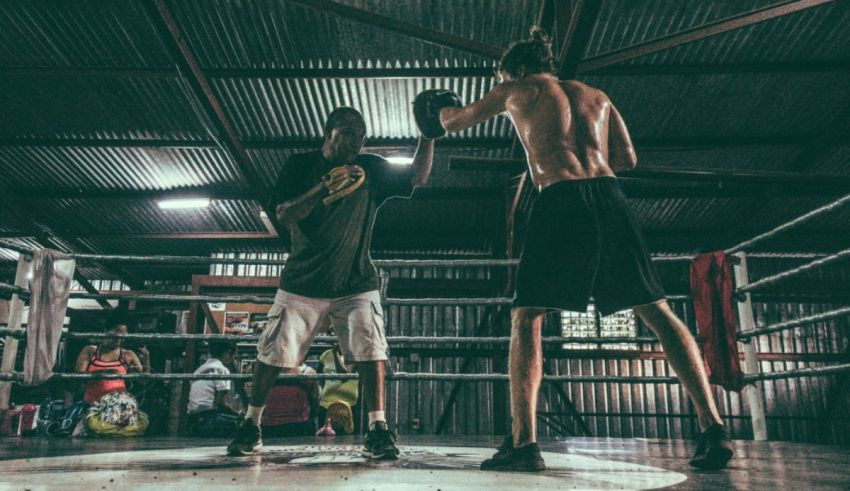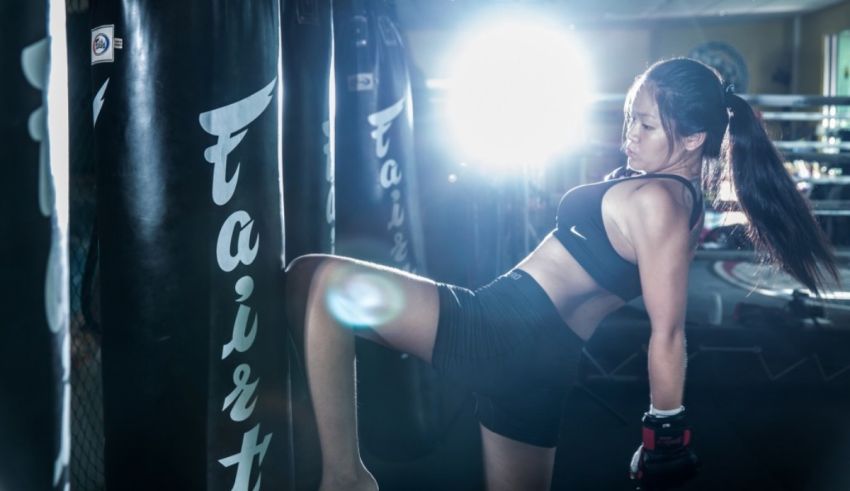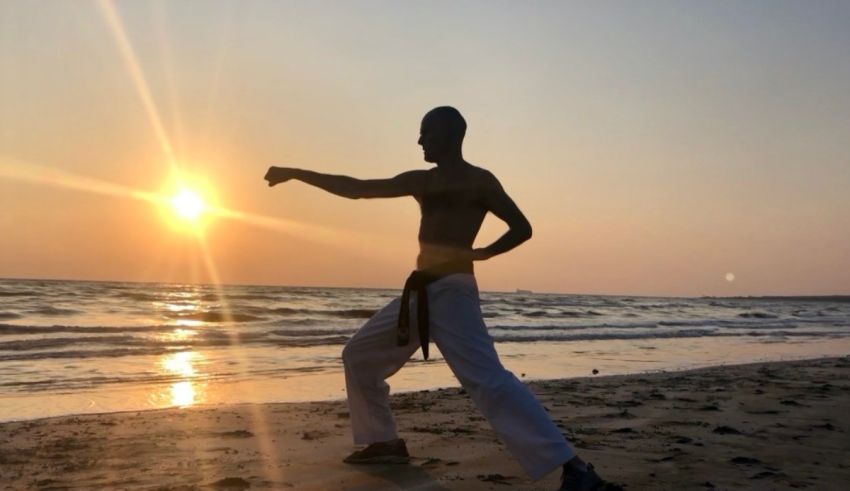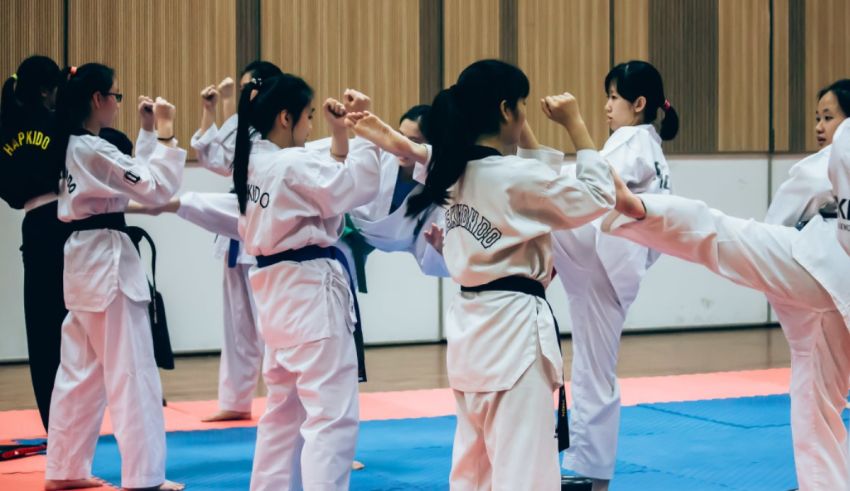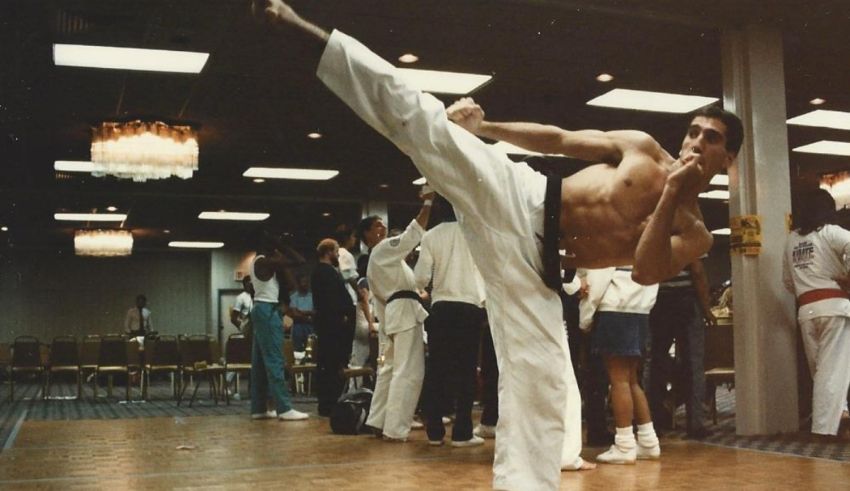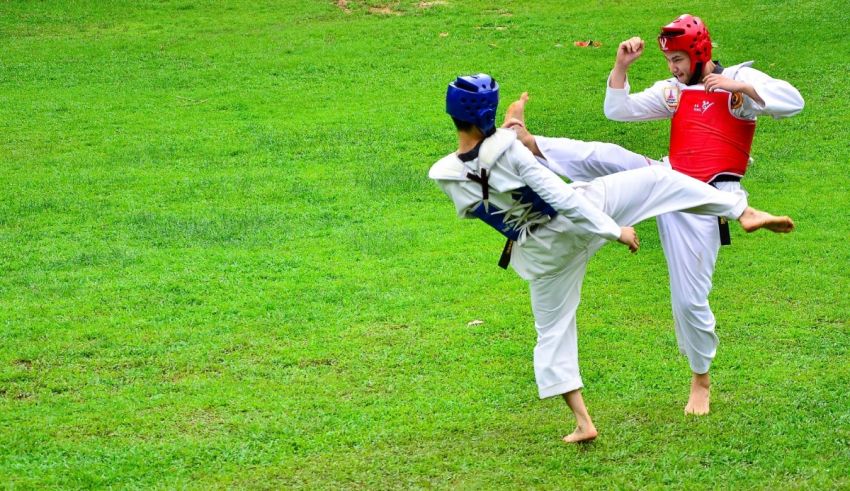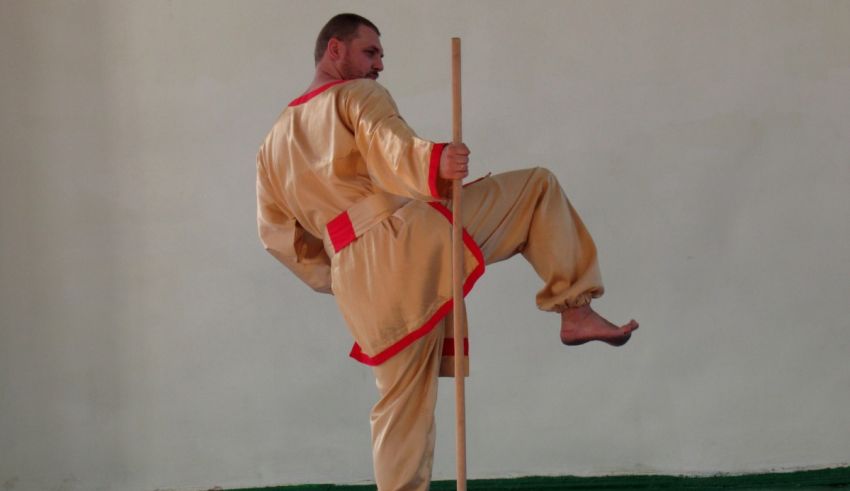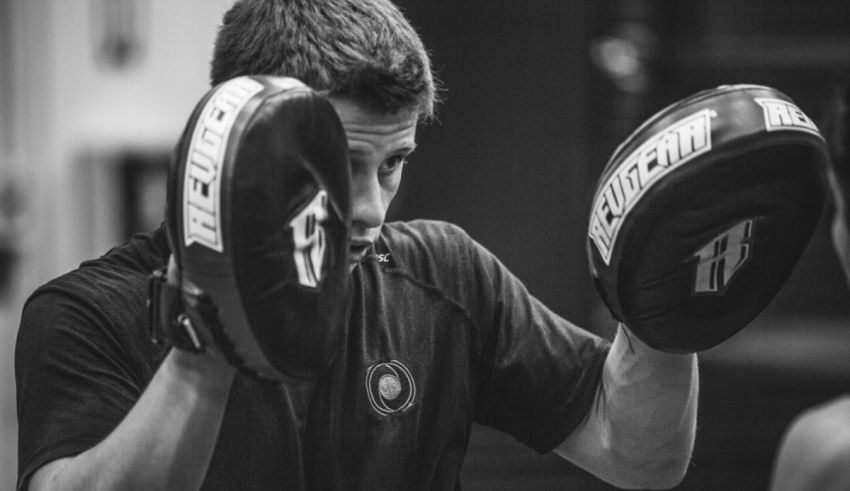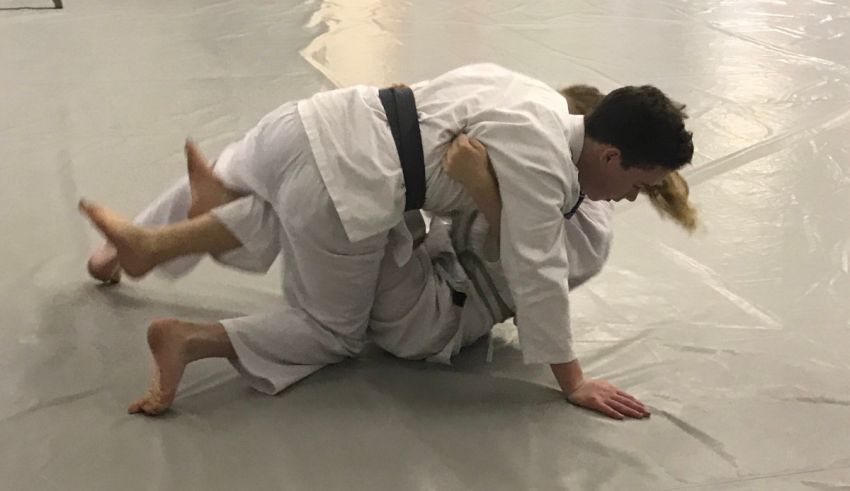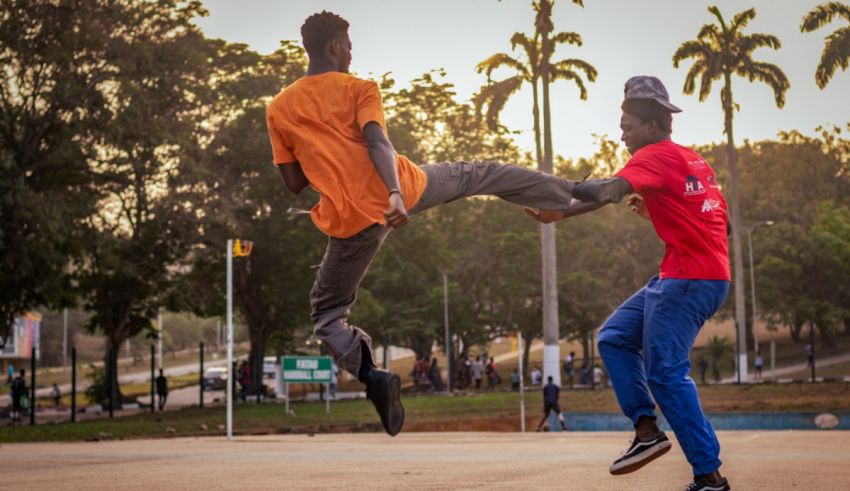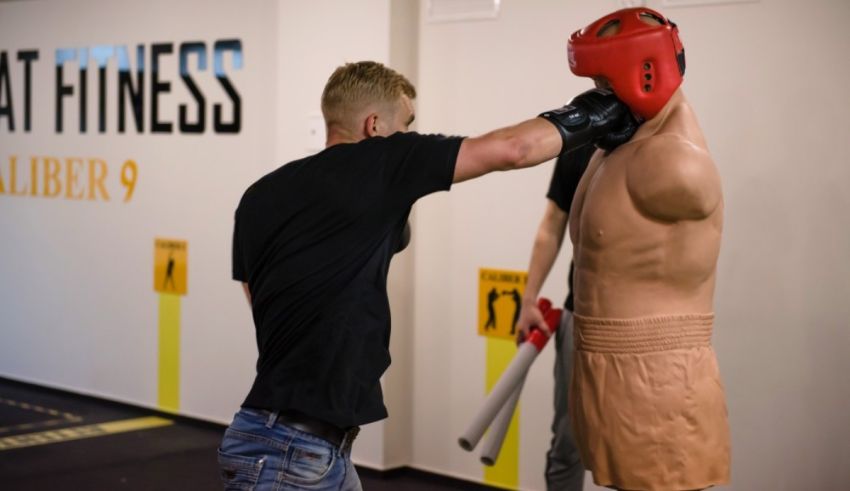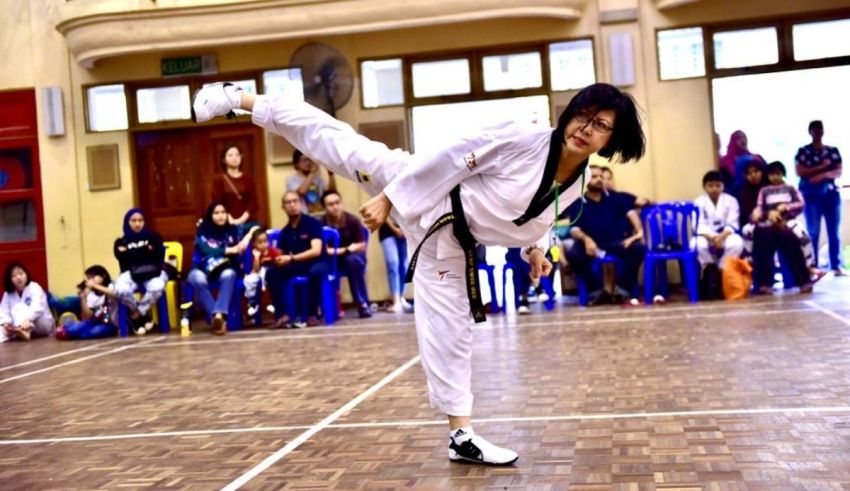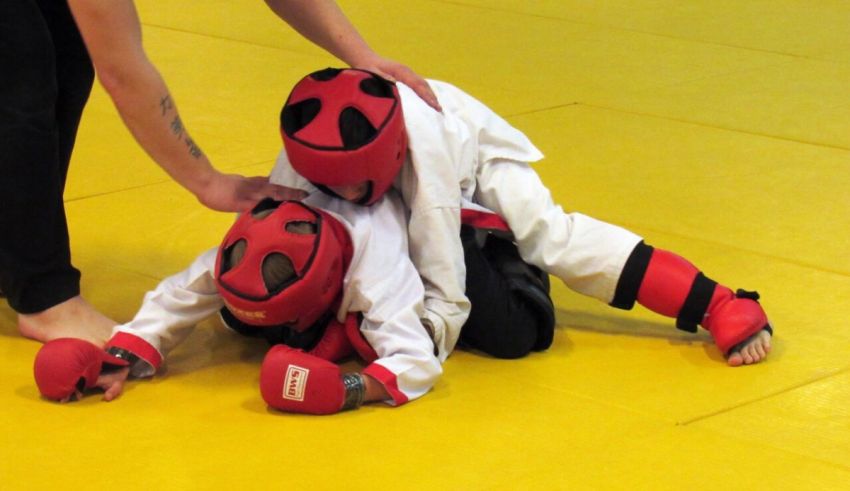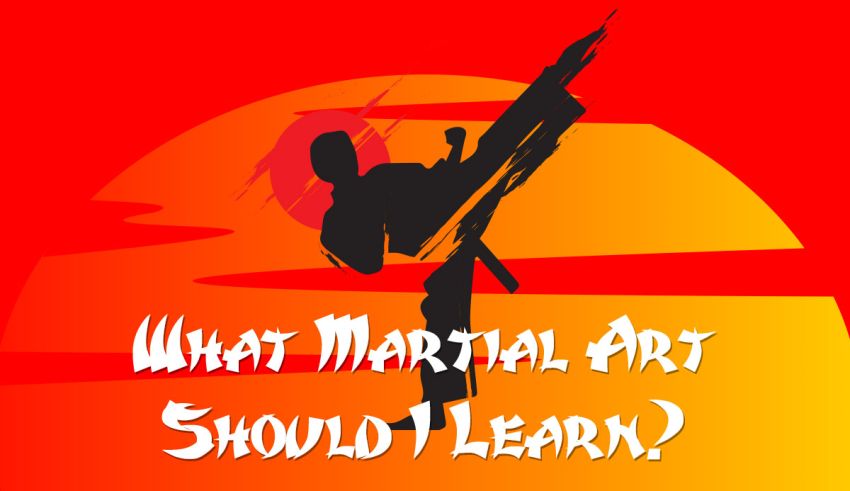
3 Methods to Decide What Martial Art You Should Learn
As Nora Csisizar, an ITF taekwondo 4th don black belt coach, point out, “There are no such thing as best martial arts.” So, you need to find the one that suits your situation, goals, and time. Here’re three techniques you can apply when looking for the right combat style to learn.
If you’re not sure MA is a good choice for you, take our other quiz called, “What sport should I play?” It’d let you know if you should go for combat sports or not.
Method #1: Choosing for Competitions
Icy Mike, a professional MA trainer, says, “If you want to become a competitive fighter, choose a school that has a successful record in local or national competitions.” It’s important to train at a place that prepares you for professional fights rather than teaching simple self-defense or fitness practices.
Method #2: Choosing MA Based on Affordability
If you don’t want to become a competitive martial artist, consider three primary factors to choose the right style: affordability, likability, and location. Icy Mike believes that you should start training in a school that’s close to your house, matches your budget, and you like its people/atmosphere.
“Many aspiring learners waste their time looking for the best MA school. That’s while they don’t have the knowledge to decide which training place is the best,” says Icy Mike. Starting learning in a gym with the stated criteria allows you to get things going and find a better one later on if you didn’t like it in your current school.
Method #3: Taking an Online Martial Arts Quiz
You’re on the right page if your big question is, “What martial art should I learn?” You can take the combat style quiz here to identify which MA school will work out for you. The test considers every aspect of selecting the right style to deliver accurate results. Here’s how it works.
How the MA Quiz Chooses the Best Style for You
The test is a set of twenty questions about your plans for learning a martial art, as well as the skills you might have. It also considers your likes and dislikes to come up with practical results.
Identifying your goals.
Rokas Leonavicius, an Aikido Dojo master and MMA fighter, believes, “the most important question is NOT what martial art you should learn. It’s WHY you want to learn it.” So, that’s why the MA quiz on this page starts things off with inspecting your goals. We want to know the reason behind your decisions so we can suggest the best options.
Analyzing your skills.
You don’t need to be a fighter to pass this part. And we’re not looking for extreme skills like striking or grappling. But your physical features and background can help identify what martial arts your should learn.
Most trainers believe that your body type or current strength doesn’t affect the lessons you should take. So, won’t solely rely on these pieces of information to identify your MA style.
Looking into your preferences.
It’s crucial to do a sport that you enjoy. Otherwise, you’re going to fall off the track gradually and never truly progress. So, when taking the MA quiz, we are interested in knowing your preferences and what kinds of sports you like. That helps to finetune the outcomes, making them likable and practical for you.
Finding the right MA type.
When asking, “What martial art should I learn?” it’s crucial to know that there’re many options to choose from. So, you have to be familiar with the type of styles you’re interested in. Generally, MA types are categorized as follows.
- Striking or stand-up fight.
These are styles that include direct stand-up combat with a competitor. Boxing, for example, is a striking MA.
- Grappling or ground-fighting.
You need to grapple and restrict your opponent to win in grappling and ground-fighting styles. Think wrestling or sumo. Such sports usually lack direct hit to head and are primarily focused on trapping the competitor(s), so they give up.
- Throwing or takedown.
Similar to grappling styles, throwing MA includes grappling the opponent. But it requires less ground-fight, and your goal is to grab and throw your rival or take them down. For example, Judo, Aikido, and Hapkido are all throwing styles.
- Weapon-based.
Arnis or Kali is an example of weapon-oriented martial art. Such styles include using extra objects to hurt the opponent and usually lack hand-to-hand battles.
- Low-impact or meditative.
When someone asks, “What martial arts should I learn?” meditative styles are not the answer they expect. But they are excellent options for learners who don’t like direct battles and want to work on their mind and body instead. Tai Chi is a perfect example of such a technique.
- Hybrid or mixed.
MMA or Mixed Martial Arts is an example of combining several combat techniques to create a hybrid method.
What’s the Best Way of Choosing Your Martial Arts Style?
A well-known MMA coach, Ramsey Dewey, says, “the best way to choose your martial art style is by gym hopping.” You have to try out several options before you decide which one works best for you. Think of it as buying a new car. You’d do your research, test drive some options, and then pick the one you like. The same technique applies to choosing your MA school.
What’s the worst way?
As Rokas Leonavicius points out, the worst way to select your martial art style is by choosing it because of your biases towards a specific option. Most of the time, beginners are influenced by movies, advertisements, and even life events. So, they want to go with the style that matches their dreams. However, that usually results in disappointing outcomes as you neglect the reality of your situation.
How to Know You Chose the Wrong Martial Arts?
The big question, for now, might be, “What martial arts should I learn?” But that doesn’t stay the same forever. You would want to know if your decision is a-okay or you’re wasting your time. Here’re three signs you’ve selected the wrong style or gym.
Long training, no payoff.
A new trainer should be able to defend themselves against an untrained attacker after six months of training. If you’ve passed that period without being able to fight, you’re probably in the wrong place.
No challenge.
Your trainer(s) should challenge you. If you’re wasting your time in the gym without getting proper lessons, you’ve picked the wrong martial arts style or school.
No progress plan.
Your coach should have a strategy for their students. If you feel like they’re training you without any plans ahead, you might want to reconsider your choice as the chances of success are low.

